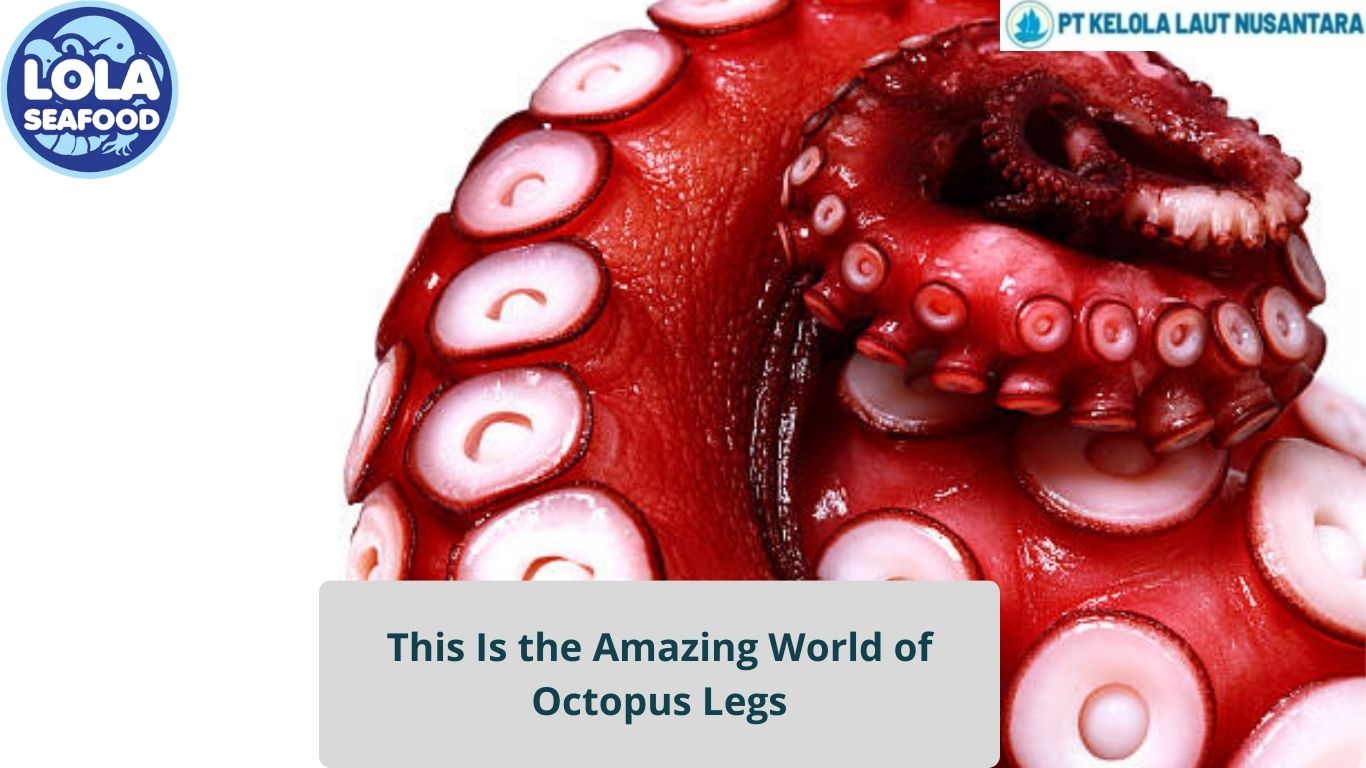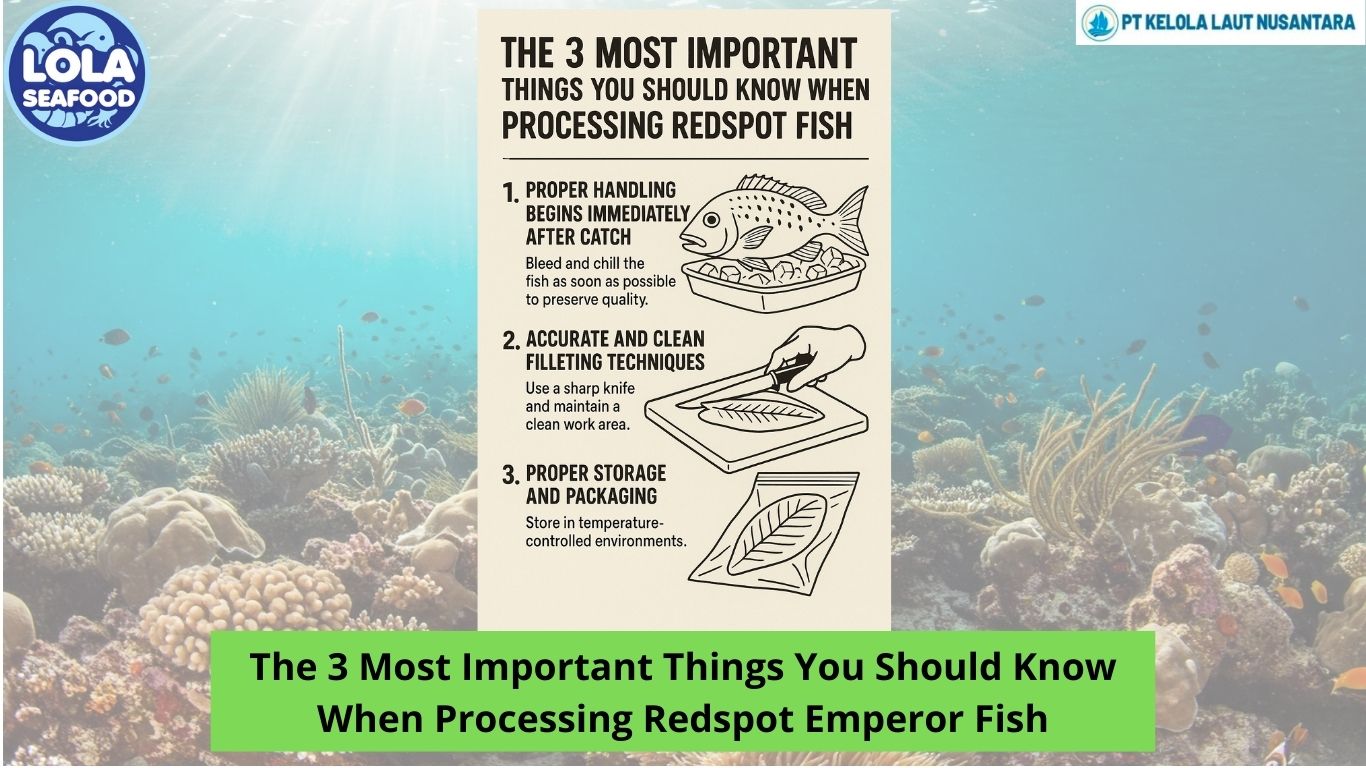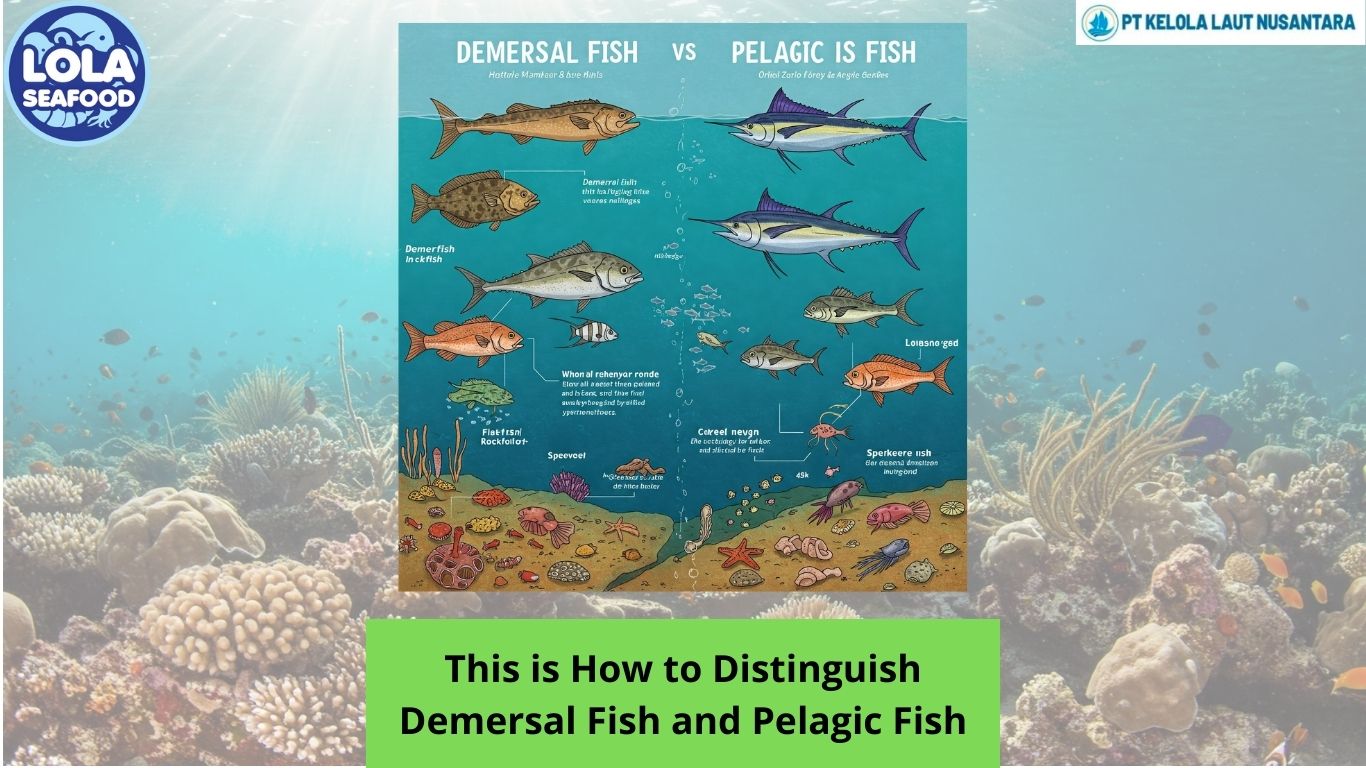This Is the Amazing World of Octopus Legs
By. Ely Kusniawati - 12 Feb 2025
Kelolalaut.com Octopuses are among the most intriguing creatures of the ocean, known for their intelligence, camouflage abilities, and, of course, their eight flexible limbs. But did you know that not all of these limbs are considered "arms" in the traditional sense? Scientists have discovered that octopuses have what are best described as six "arms" and two "legs," which they use for different purposes.
Arms or Legs? The Debate
For a long time, people referred to all eight limbs of an octopus as arms or tentacles. However, research has shown that octopuses have specialized limbs with different functions. Studies suggest that octopuses primarily use two limbs at the back of their body for movement along the ocean floor, similar to how humans use their legs. These are now often referred to as their "legs." The remaining six limbs are used for exploring, grabbing objects, hunting, and manipulating their environment—similar to how humans use their hands.
How Octopuses Use Their Legs
When moving across the seabed, octopuses push themselves forward with their back two limbs while keeping their other six limbs free for sensing and capturing prey. This movement allows them to navigate complex terrains such as rocky crevices and coral reefs. Some species, like the veined octopus, even "walk" using their two rear limbs, further supporting the idea that these function as legs rather than arms.
Interestingly, some octopuses also use their limbs for more than just movement and hunting. For example, the coconut octopus has been observed carrying coconut shells and using them as shelter, demonstrating both problem-solving skills and tool use.
Suckers and Sensory Capabilities
Each of an octopus’s limbs is lined with rows of suckers, which are highly sensitive to touch and taste. These suckers allow the octopus to manipulate objects with great dexterity and strength. The ability to taste with their suckers helps them detect food and potential threats without relying solely on sight.
Even more fascinating, octopus’ limbs have a high degree of autonomy. If one is severed, it can continue moving and reacting to stimuli for a period of time due to the presence of a decentralized nervous system. In fact, about two-thirds of an octopus’s neurons are located in its limbs rather than its brain. This means that each limb can process information independently, giving the octopus incredible multitasking abilities.
Adaptations and Survival
Octopus limbs play a crucial role in their survival. They can regenerate lost limbs; an ability that helps them escape predators. If an octopus is attacked, it can sacrifice a limb, much like a lizard dropping its tail, and grow a new one later. This remarkable adaptation ensures their continued survival in the wild
Octopuses are truly fascinating creatures, and their unique use of limbs is just one of the many reasons they captivate scientists and ocean enthusiasts alike. Whether they're walking, grabbing, or tasting with their arms and legs, these animals showcase some of the most advanced adaptations in the animal kingdom.
If you are interested in our baby octopus flower, baby octopus whole cleaned and baby octopus whole round please do not hesitate to contact us through email and/or whatsapp

.jpg)
.jpg)
.jpg)




